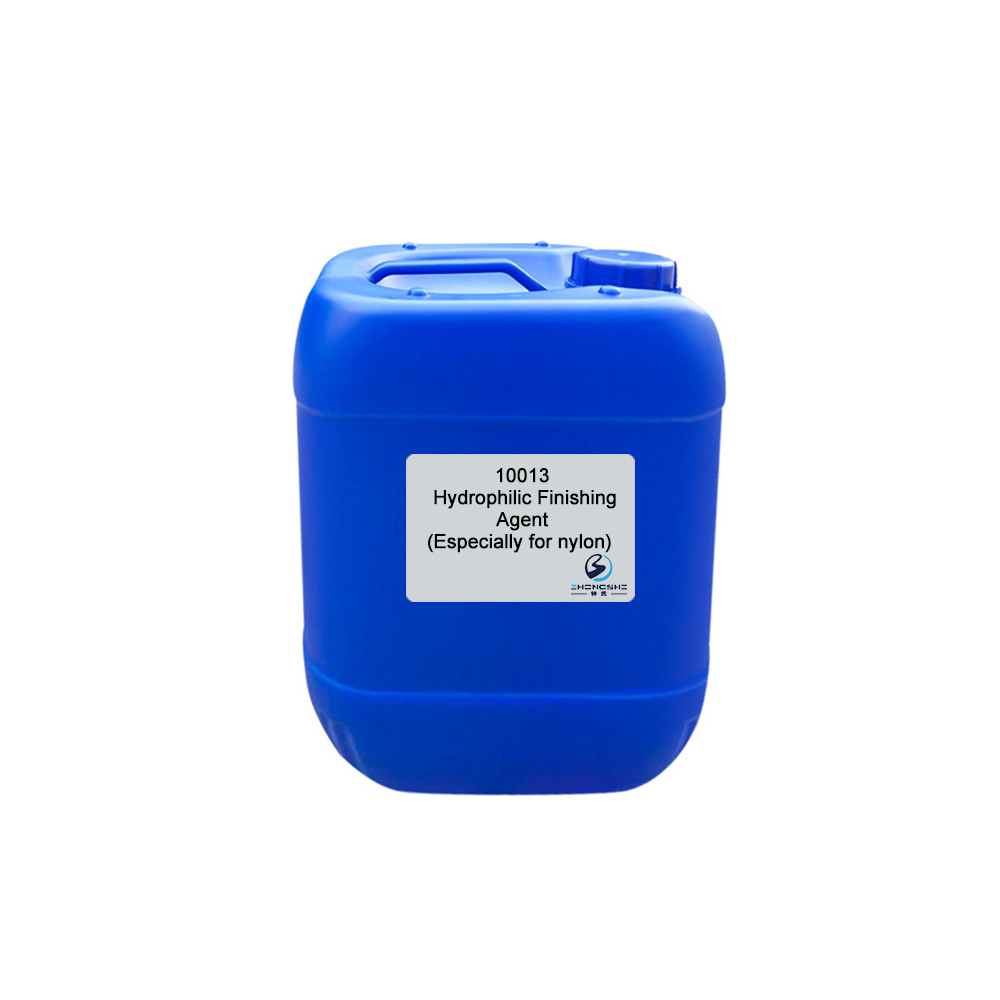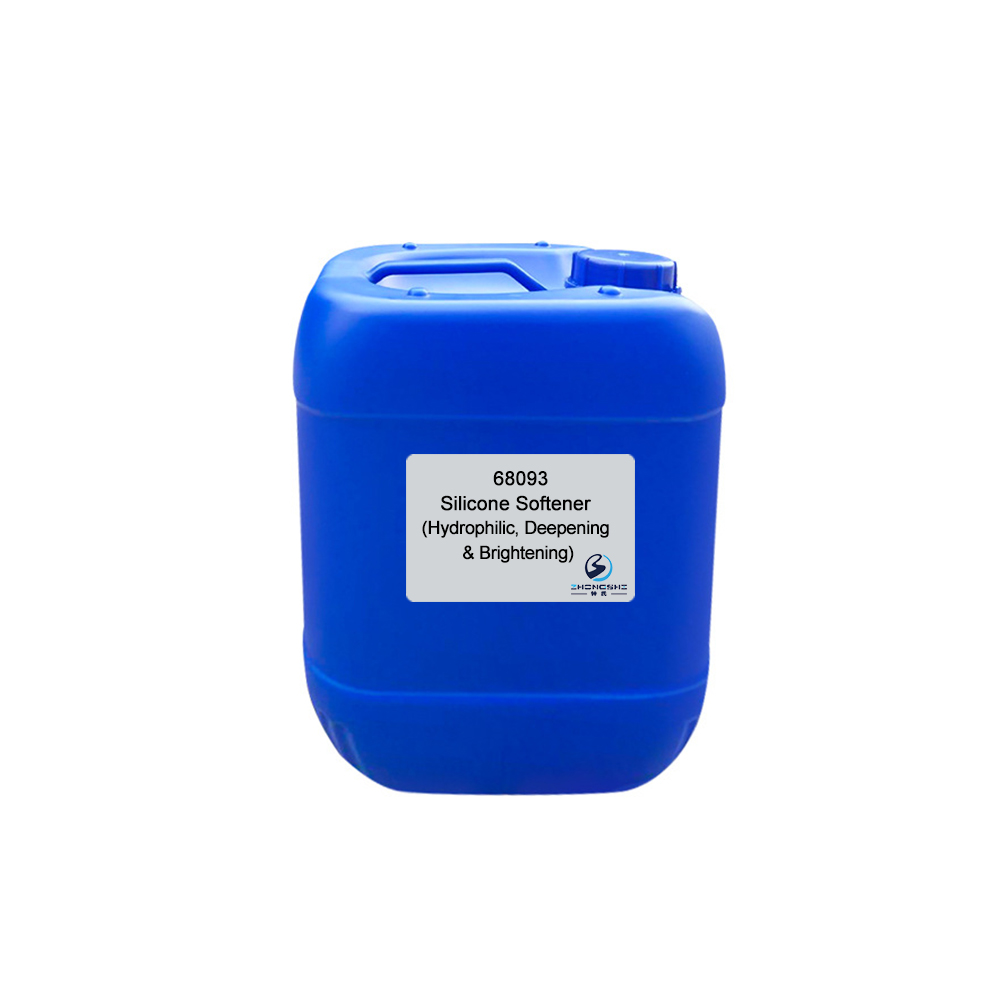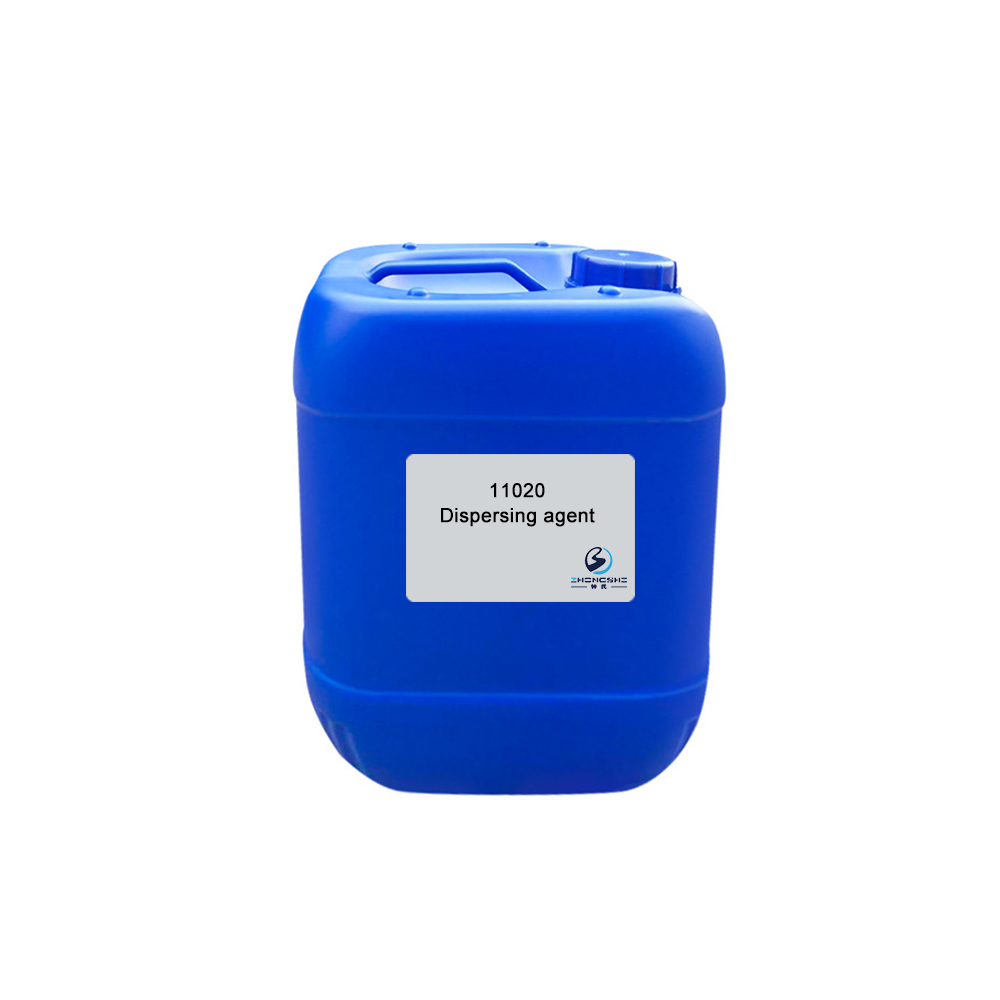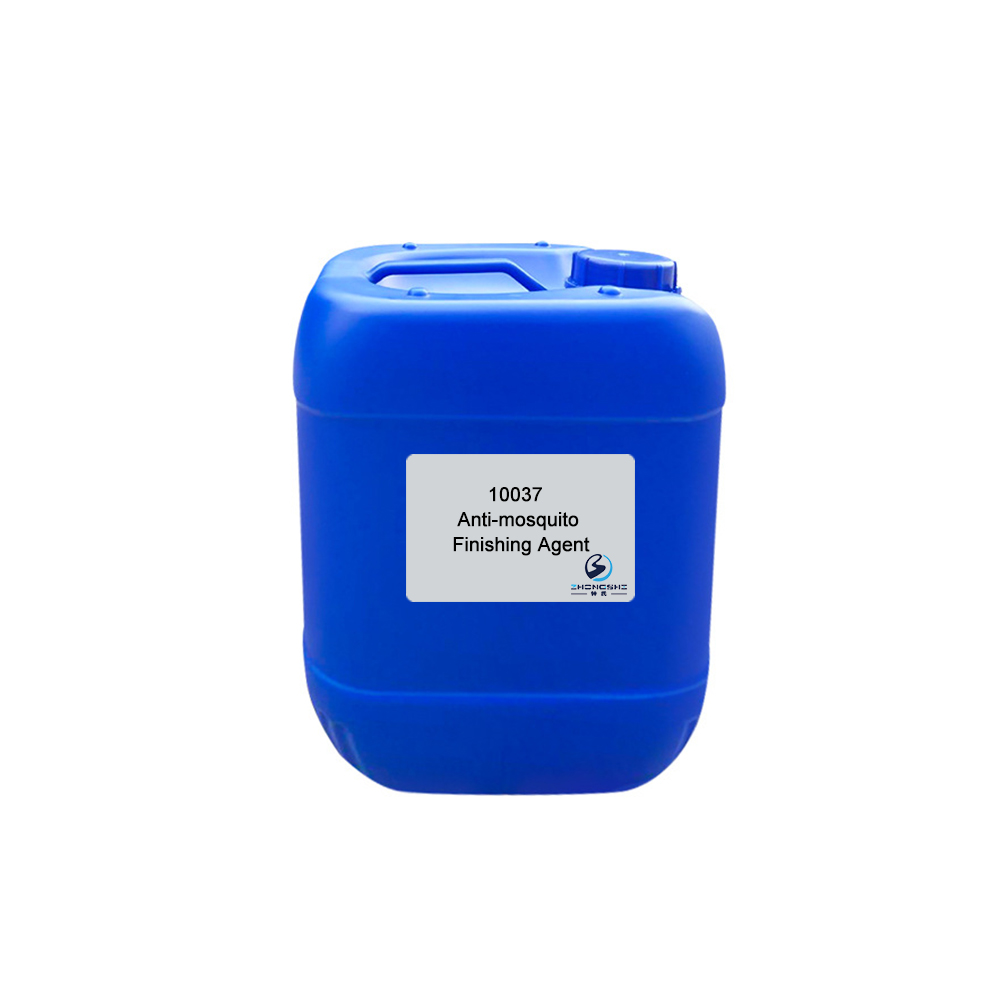70543 Silicone Softener (Soft, Smooth & Fluffy)
Features & Benefits
- Imparts fabrics and yarns soft, smooth and fluffy hand feeling.
- A very small dosage can achieve excellent effects.
Typical Properties
| Appearance: | Transparent emulsion |
| Ionicity: | Weak cationic |
| pH value: | 6.5±0.5 (1% aqueous solution) |
| Solubility: | Soluble in water |
| Application: | Nylon, acrylic fiber, polyester/ cotton, acrylic fiber/ cotton and nylon/ cotton, etc. |
Package
120kg plastic barrel, IBC tank & customized package available for selection
TIPS:
Introduction of softening finishes
Softening finishes are among the most important of textile chemical after treatments. With chemical softeners, textiles can achieve an agreeable, soft hand (supple, pliant, sleek and fluffy), some smoothness, more flexibility and better drape and pliability. The hand of a fabric is a subjective sensation felt by the skin when a textile fabric is touched with the finger tips and gently compressed. The perceived softness of a textile is the combination of several measurable physical phenomena such as elasticity, compressibility and smoothness. During preparation, textiles can become embrittled because natural oils and waxes or fiber preparations are removed. Finishing with softeners can overcome this deficiency and even improve on the original suppleness. Other properties improved by softeners include the feeling of added fullness, antistatic properties and sewability. Disadvantages sometimes seen with chemical softeners include reduced crockfastness, yellowing of white goods, changes in hue of dyed goods and fabric structure slippage.









